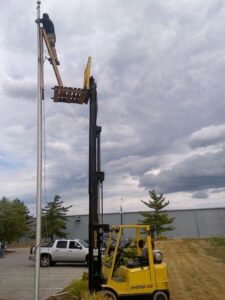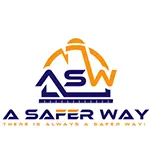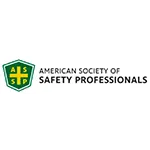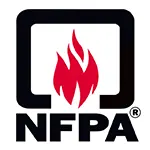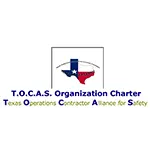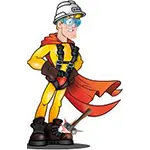CLICK HERE to Renew your Membership
CLICK HERE for a NEW Membership
CLICK HERE to see eligibility requirements for FREE Membership
If you have any questions, please contact me
We offer:
- Over 17,600 categorized unsafe acts/conditions and accident/injury photos
- Over 1,450 ppt's & doc's
- Over 3,975 technical articles on Process Safety & Occupational Safety & Health matters
- Over 450 videos

I am proud to announce that have extended our”Partners in Safety” agreement for another year (2025).
CI Members, send me an e-mail to request your FREE SAFTENG membership.
Many THANKS to my NEW Members and those who CONTINUE to support SAFTENG:





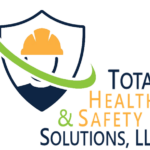








March 4, 2013
While there is no one personality type that seems to create the “perfect” Incident Commander, there are some common characteristics that are desirable. An effective IC should: Think and act strategically. Be objective driven. Have strong communication skills. Be able to delegate authority. Facilitate a collaborative atmosphere. Be trustworthy. Be adaptive. Be...
Read More
March 4, 2013
Many THANKS to my NEWEST and RENEWING Corporate Partners in Safety… since 2010 since 2005 since 1/2013 since 2011 2013 Fatality Tracker Electrical 3 (2012 = 68) (2011 = 81) (2010 = 90) (2009 = 100) Forklift/Manlift 8 (2012 = 52) (2011 = 84) (2010 = 110) (2009 = 88) Mining* 19 (2012 = 92*) (2011 = 248) (2010 = 480) (2009 = 586) *no longer includes China accidents...
Read More
March 3, 2013
How often have we heard “entry supervisors” ask the following question… “Do I have to call the fire department before I sign each permit?” How do you answer this question? Does their responsibility change if there is an on-site rescue team vs. off-site rescue services? This is an EXTREMELY CRITICAL path in confined space safety, and we need to be spot...
Read More
March 2, 2013
EPA cited an Ethanol plant in NE for RMP deficiencies for the total penalty amount of $3,780, with estimated cost of correcting the deficiencies at $60,000. The covered chemical was Anhydrous Ammonia. The deficiencies included:
…
HomeRead More »
Read More
March 2, 2013
This is one of the very best documents for combustible dusts. Although it is from outside the USA, facilities having combustible dusts should sit up and take notice of this information. There is movement in the USA regarding a Com Dust rule from OSHA, but until then it is up to each employer to ensure a safe workplace; this document goes along way to explaining many of the basic safety...
Read More
March 1, 2013
The REVISED 2013 standard NFPA 1981 – Standard on Open-Circuit Self-Contained Breathing Apparatus for Emergency Services was officially changed in 12/2012. Manuafctuer’s are now making SCBA’s that will meet the new NFPA requirements for Open-Circuit SCBA’s. The new standard contains some significant chnages that will certainly aid the user of open-circuit SCBA’s....
Read More
March 1, 2013
Last week I wrote about SCBA’s being stored and used in low temperature environments and the special instructions that many manufacturers have developed (and require) the user to follow for such use. As usual, my article generated a lot of questions regarding SCBA’s that are intended for “emergency use”. So I thought it would be fitting to share my mental audit checklist...
Read More
February 27, 2013
The Bill H.R. 632 was introduced in the House of Representatives this month (2/13/2013) is to authorize the Department of Labor’s voluntary protection program and to expand the program to include more small businesses. The bill requires the Secretary of Labor to establish a program of entering into cooperative agreements with employers to encourage the establishment of comprehensive safety and...
Read More
February 27, 2013
In many instances, emergency venting is provided through pressure relieving devices such as weighted cover style emergency vents, loose manhole covers, rupture or burst disks, remote-actuated relief devices, or other pressure relieving equipment that may be used in place of pressure relieving tank designs. Although less recognized, in legacy installations the weak roof-to-shell seam construction technique...
Read More
February 25, 2013
The Incident Commander is the only position in the Incident Command System that is always filled regardless of the size or complexity of an incident. The IC has the responsibility for the overall management of the incident. Whatever functions or responsibilities that are not delegated to others remain the responsibility of the IC.
…
HomeRead More »
Read More


